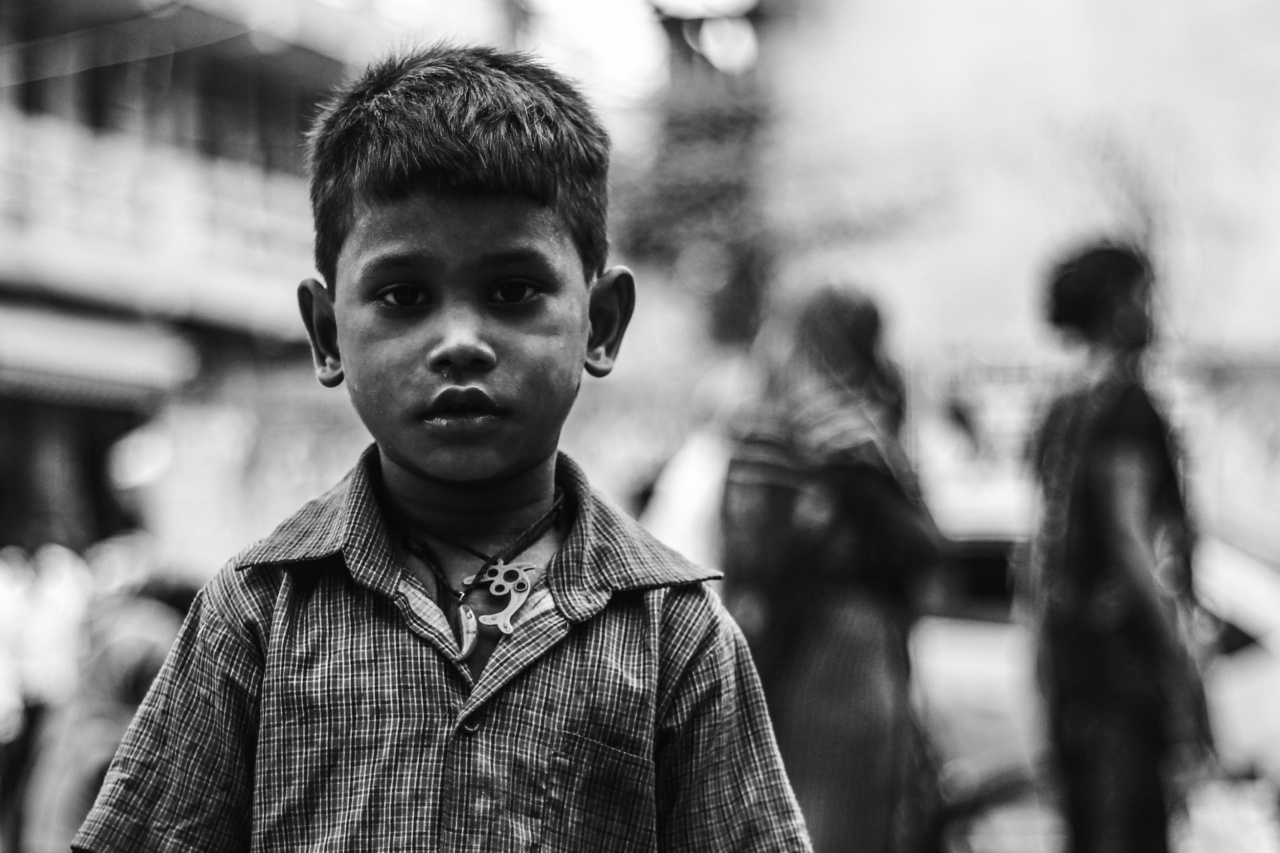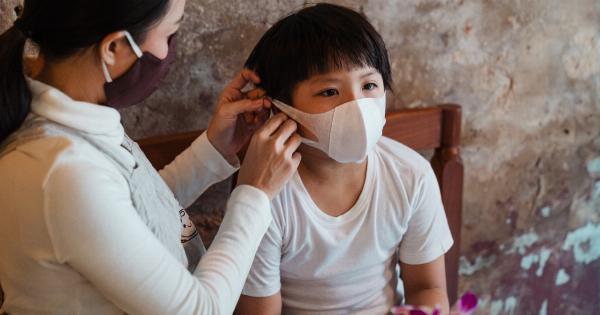Every parent wants to ensure the safety and well-being of their children. However, no matter how hard you try, it is impossible to protect them from every danger that they may face.
As children grow and develop, they encounter different risks at various stages of their lives. Here are some of the typical dangers that children face at different ages:.
Infants (0-12 months)
Infants are the most vulnerable and require the most protection. Some of the common dangers that infants face include:.
Choking and suffocation
Infants can choke or suffocate on small objects such as toys or pieces of food. It is crucial to keep small objects out of their reach and to closely monitor them during mealtimes and playtime.
Also, remove any soft, fluffy bedding or toys from their sleeping area to prevent suffocation.
Burns and scalds
Hot liquids, such as tea or coffee, and hot water used for bathing can cause burns and scalds. It is important to keep hot liquids and hot objects out of reach of infants. Also, never leave an infant unattended in the bathtub or near hot surfaces.
Falls
Infants can fall from beds, cribs, and changing tables. Always keep one hand on the baby while changing them and never leave them unattended on an elevated surface.
Toddlers (1-3 years)
Toddlers are more mobile and curious, making them more prone to accidents. Here are some of the common dangers that toddlers face:.
Drowning
Toddlers are curious and can easily wander into pools, ponds, or other bodies of water. Always supervise them near water and consider installing barriers around pools.
Poisoning
Toddlers can ingest harmful substances, such as cleaning products, medications, or plants. Keep all dangerous substances out of reach and keep the Poison Control Center number handy.
Burns and scalds
Toddlers can be burned by touching hot surfaces such as stovetops, radiators, or fireplaces. Keep hot objects and fire sources out of reach, and use safety covers on electrical outlets.
Falls
Toddlers can fall from furniture, stairs, or playground equipment. Secure furniture to walls and install safety gates at the top and bottom of stairs. Also, supervise them while playing on playground equipment.
Preschoolers (4-5 years)
Preschoolers have more developed motor skills and more independence, making them more prone to injuries. Here are some of the common dangers that preschoolers face:.
Traffic accidents
Preschoolers can be hit by cars while playing or crossing the street. Teach them about road safety and always supervise them near roads.
Burns and scalds
Preschoolers can be burned by playing with matches or lighters. Keep these items out of reach and teach them about fire safety.
Strangers and abduction
Preschoolers can be vulnerable to strangers or abduction while playing outside. Teach them about stranger danger and supervise their outdoor play.
Choking and suffocation
Preschoolers can choke on food or other objects. Encourage them to sit while eating and cut food into small pieces. Also, avoid giving them hard candy or popcorn.
Elementary schoolers (6-11 years)
Elementary schoolers are more independent and have more responsibility, but they still face many dangers. Here are some of the common dangers that elementary schoolers face:.
Internet safety
Elementary schoolers can be exposed to inappropriate content on the internet or fall prey to cyberbullying or online predators. Teach them about internet safety and monitor their online activity.
Bullying
Elementary schoolers can be bullied at school or online, which can have serious effects on their mental health. Pay attention to signs of bullying and report any incidents to their school.
Sports injuries
Elementary schoolers can suffer from sports-related injuries while playing team sports or during physical activities. Ensure that they wear proper safety gear and that they warm-up and cool-down properly.
Poisoning
Elementary schoolers can still accidentally ingest harmful substances, especially if left unsupervised. Keep dangerous substances out of reach, monitor their activities, and teach them about the dangers of poisoning.
Teenagers (12-18 years)
Teenagers are more independent and face new challenges as they navigate through adolescence. Here are some of the common dangers that teenagers face:.
Social media and cyberbullying
Teenagers are heavily involved in social media, which can expose them to cyberbullying, sexting, and other online dangers. Teach them about internet safety and monitor their online activity.
Binge drinking and drug abuse
Teenagers may experiment with drugs and alcohol, leading to addiction and other health problems. Educate them about the dangers of substance abuse and monitor their behavior and friends.
Suicide
Teenagers may face mental health challenges such as depression, anxiety, or bullying, leading to suicidal thoughts or behaviors. Pay attention to warning signs and seek professional help if needed.
Sexual activity and STDs
Teenagers may engage in sexual activity and be exposed to sexually transmitted diseases or unwanted pregnancies. Teach them about reproductive health and safe sex practices.
Conclusion
As children grow and develop, they encounter different risks at various stages of their lives. It is essential to stay attentive to their needs and surroundings, teach them about safety, and monitor their activities.
By being diligent and proactive, you can ensure that your child stays safe and healthy as they journey through life.






























